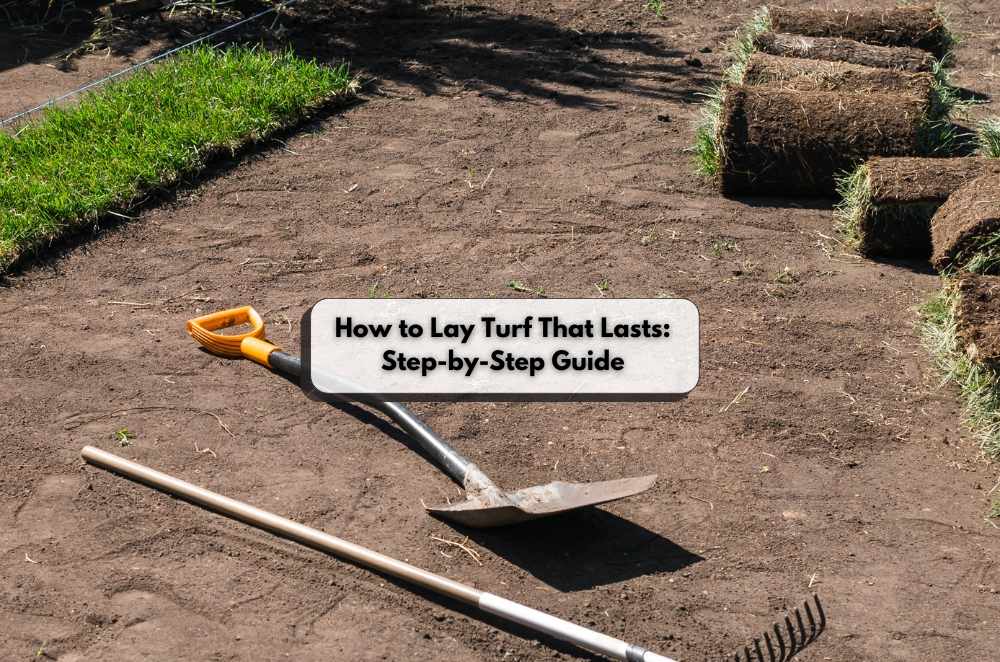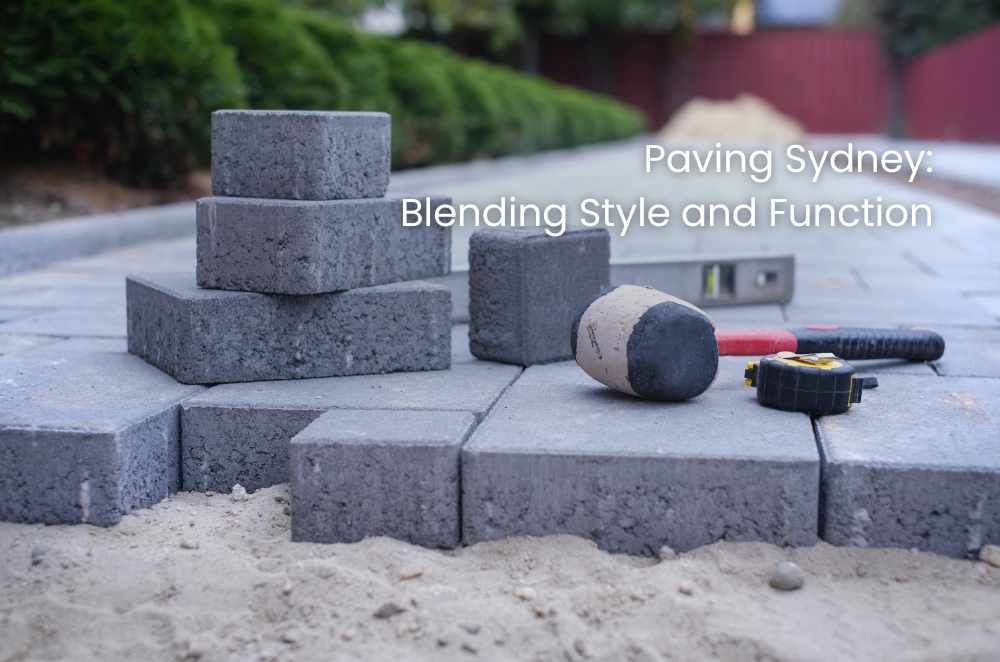
Driveways do more than carry cars; they set the tone for the whole front yard. Material choice, drainage, edging, and workmanship all show up every day, in sun and storm. If you want something that lasts and actually enhances kerb appeal, start with a well-planned approach and an experienced team. Our expert driveway installers create stunning outdoor spaces. That promise only holds when design and execution align with the site's specific conditions, including soil, slope, traffic load, and budget. We’re talking smart base prep, accurate falls, sturdy borders, and finishes that fit the house. Different brick paving styles can also influence both durability and look. Cut corners and you’ll pay twice. Build it properly, and the driveway quietly does its job for decades, with ease.
What makes a driveway last the longest?
Strong groundworks and controlled drainage protect the surface. Most failures start below the paving, not on top.
A long-lived driveway begins with subgrade preparation, compaction targets, and a base depth sized to soil type. Floods move water into gardens or drains rather than under the slab or bedding. Edge restraints lock pavers and limit creep. High-stress zones—turning circles, bin pads—deserve thicker sections or tighter joints. Minor, regular fixes (such as sweeping, topping up jointing sand, and resealing) prevent expensive repairs later. For planning your project with confidence, outdoor paving project tips can help shape budgets, staging, and expectations. Guidance in Standards Australia (e.g., residential paving), Austroads pavement principles, and local council specs echo the same theme: structure and drainage first, looks second.
Quick wins
• Compact subgrade to spec before base
• Design 1–2% falls away from the home
• Use edge restraints to stop movement
• Maintain joints; keep water out
Which driveway materials best suit Australian conditions?
Choose for climate, traffic, and style, then build the proper foundation. There’s no single winner; there’s a right match for each site.
Exposed aggregate concrete provides traction in coastal rain and early morning dew. Brick or concrete pavers allow for spot repairs—simply lift a stained unit and replace it. Large-format pavers bring a modern look but demand precise bedding and edging. Lighter colours help reduce heat soak in hot regions and limit tyre scuff marks. Whatever the finish, durability depends on a stable, well-drained base tailored to local soils; expansive clays need different treatment than sandy loams. The Bureau of Meteorology’s rainfall patterns, along with council stormwater rules, should inform fall and drainage locations. University research on urban heat also supports the choice of cooler, high-albedo surfaces in hotter suburbs.
Material snapshots
• Exposed aggregate: texture, slip resistance
• Segmental pavers: easy maintenance, modular
• Light colours: cooler underfoot, cleaner look
• Sealers: stain resistance and UV control
How do we prevent common driveway failures?
Design for water, traffic and edges—then maintain little and often. Prevention is cheaper than an overhaul.
Most cracks, ruts, and dips are caused by moisture and movement. Keep water moving off the surface, away from bedding and base. Specify thicker sections where wheels turn. Use polymeric sand or stabilised joints to curb weed growth and wash-outs. Sweep the grit that acts like sandpaper on sealers. Replace broken stormwater grates promptly to prevent water from tracking under the pavement. These habits align with basic civil engineering principles from Austroads and local government maintenance advice: keep loads predictable, keep water out, and maintain edges so the field stays stable.
Maintenance rhythm
• Seasonal reseal based on wear
• Top up joints after heavy rain
• Keep drains and grates clear
• Protect fresh work from vehicles
What’s the bottom line on driveway paving?
Durability starts with design, not the brochure. Choose materials that are suitable for the climate and traffic, then build on a foundation that won’t budge.
We focus on what endures daily use: compacted layers, predictable drainage, and finishes tailored to your lifestyle. Keep cars off fresh work, sweep often, and manage water so it never sits where it shouldn’t. Small habits protect the big spend. When the boring bits—subgrade, falls, edging are done right, the surface keeps its shape and the front garden looks composed. For smart upkeep that extends the lifespan of your driveway, driveway expert tips align with high-level principles that mirror what you’ll find in council stormwater guidance and university pavement research across Australia.











Write a comment ...